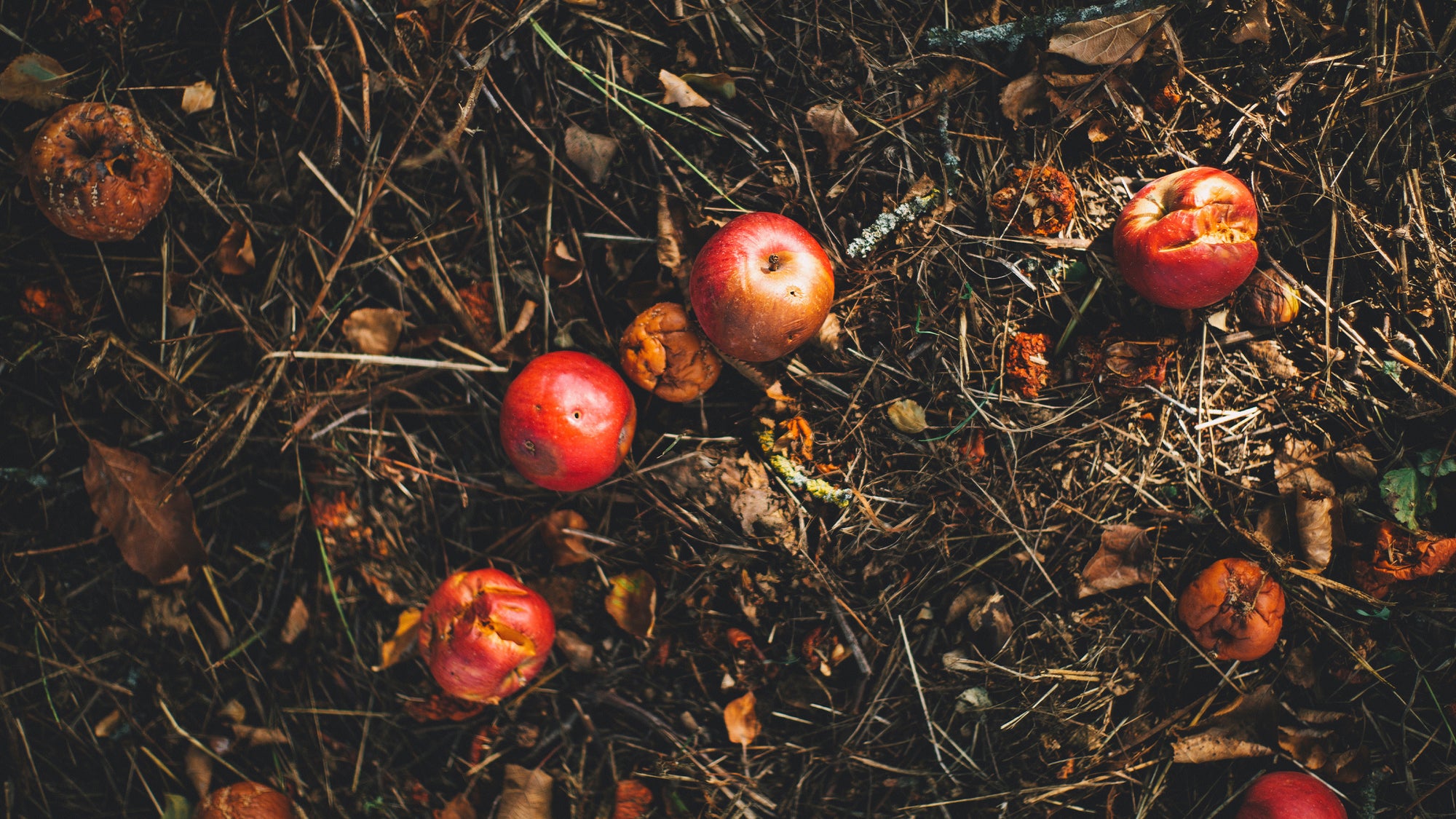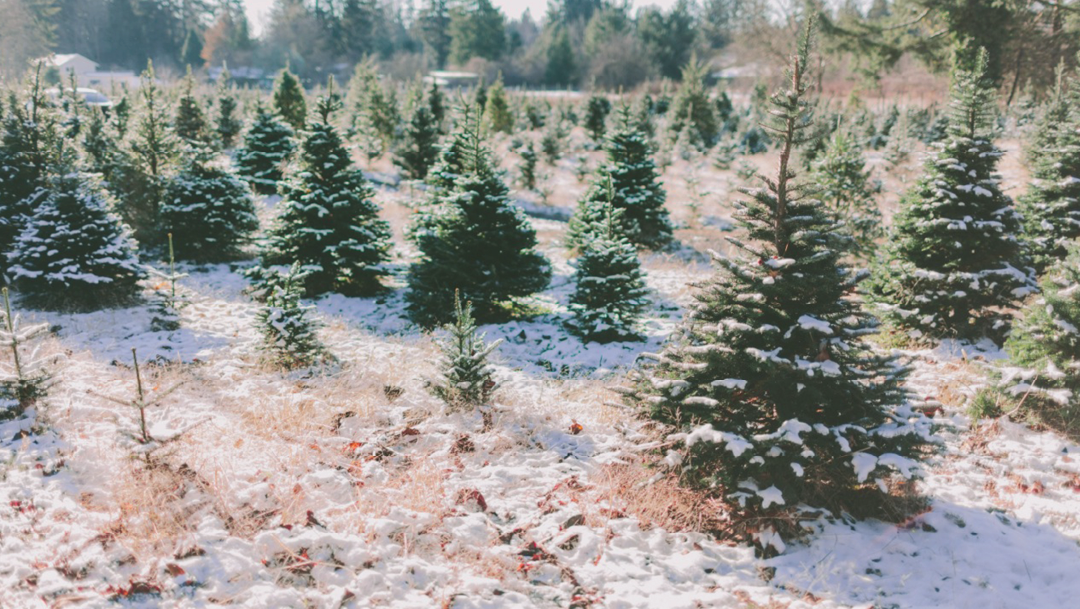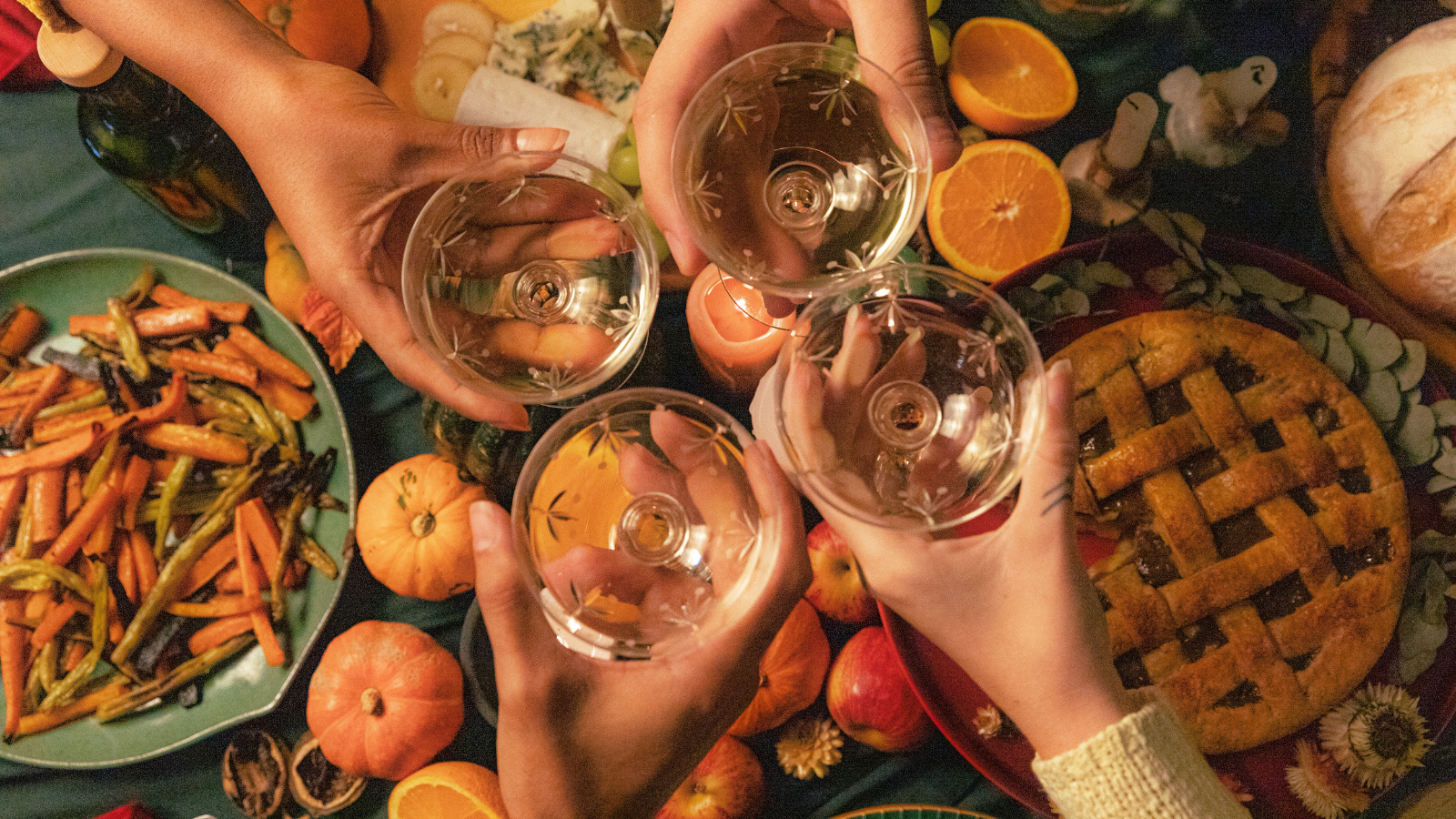

Composting 101
Get the dirt on compost: what is it, and why should you care? Well, for starters, each year in the United States, approximately 133 billion pounds of food is wasted. I get it, I’m totally guilty of tossing that last chicken tender I can’t quite scarf down. But this is actually a serious problem. You see, organic matter in a landfill (like food scraps) decomposes anaerobically, meaning without access to oxygen. When waste breaks down without oxygen, it produces greenhouse gases (primarily methane), which accumulate in the atmosphere and contribute to global warming. You’ve probably heard this before – cue the melting icecaps, the volatile natural disasters, and rising sea levels. Don’t worry, there is a bright side to this. Composting mimics nature's method of decomposition, allowing organic material to break down aerobically (with oxygen). That means you're left without those pesky greenhouse gasses, and instead with nutrient soil.
So how exactly does a compost bin work? Organic waste materials slowly turn to compost if they include a balance of green and brown materials, water, and oxygen. Compost bins are designed to provide these conditions while containing everything in a clean and compact design. Some compost bins require churning to mix up the waste, while others naturally maintain the ideal environment for decomposition. When all is said and done, it can take as little as one month to get usable compost.
If you have a green thumb, you’ve probably purchased compost as a superfood for your plants, flowers, or fruit. Using compost in your garden can help build healthier soil, prevent soil erosion, conserve water, and improve plant growth in your garden and yard. And of course, you reduce the volume of materials that might otherwise be disposed of in landfills or trash incinerators like leaves, grass clippings, yard trim, and food scraps.
Now into the do’s and don’ts. One of the number one reasons people choose not to compost is because they don’t actually understand what can be composted. A good compost is composed of what we call browns & greens. Browns are carbon-rich materials like dry leaves, twigs, paper, cardboard, or wood chips. The green are nitrogen-rich materials like food and vegetable scraps, grass trimming after mowing the lawn, tea bags, and eggshells. What you want to avoid are food scraps that have a risk of bacteria growth when decomposing – like meat. If infected meat contaminates a compost pile with E. coli, listeria, or salmonella, there is a risk of the bacteria transferring to surrounding plants. Not good! Dairy products like butter also should be avoided. They can attract pests and animals to your compost bin and also form water-resistant barriers around other materials that reduce airflow and interrupt the composting process. Still a lot to take in? Our helpful graphics sum it up pretty simply.

Composting at home is easier than it may seem. There are several options available on the market that allow you to home-compost right in your kitchen. You don’t need a large yard or garden, and the process can take place in an apartment, office – wherever! You can find several table-top compost bins for under $50. Like this one here. You can wait until it's producing usable compost, or you can regularly drop off your scraps when your compost is full to a facility near you. Litterless is one of our favorite resources for finding compositing centers near you. You can check it out here. If you don’t want to wait and have a little bit more to spend on a bin, Lomi truly can’t be beaten. At $499, Lomi certainly isn’t “accessible”, however, it’s the first of its kind and we have to give them some kudos for that. The Lomi is a countertop system that compresses and grinds food waste into compostable material. The user drops food waste into the system and pushes a button, and the Lomi will turn the waste into compostable material in less than a day. The system has an Eco and Express mode; Eco takes about 20 hours and will produce a densely rich nutrient compost, while the Express mode takes 6 hours and produces a “neutral natural fertilizer”. Six hours versus the traditional 1 to 2 months? Woah!
We love that composting requires small changes but creates a lasting impact on the food waste the world generates. Just think – what would happen if every household had its very own bin? Do your kitchen scraps and yourself a favor and look into the possibility of composting in your space.
Share:
0 comments
Keep reading
-

Four Essential Holiday Cocktails (With The Perfect NOTES® Fragrance to Pair 😉)
Using two senses is better than one - which makes pairing flavors and scents so fun. These are the perfect cocktails to pair with each NOTES® holiday fragrance for your next December gathering or cozy night in. Trust us, you'll want to try them all -

The Environmental Impact of the Holidays
It’s finally December, which means it's officially time for festive chaos. Chances are, your to-do list is looking like a CVS receipt these days. With cookies to bake, family to see, projects to finish, and gifts to buy, a lot can go unnoticed this time of year. And while it’s all done in the name of fun and cheer, it can leave a pretty intense mark on the environment. In fact, the holidays leave one of the biggest carbon footprints of the entire year. -

8 Tips for a Greener Thanksgiving
As we prepare to gobble up a feast of gratitude and gatherings, it's important to understand that Thanksgiving can also generate a significant amount of waste. According to the Natural Resources Defense Council (NRDC), Americans typically throw away about 200...


